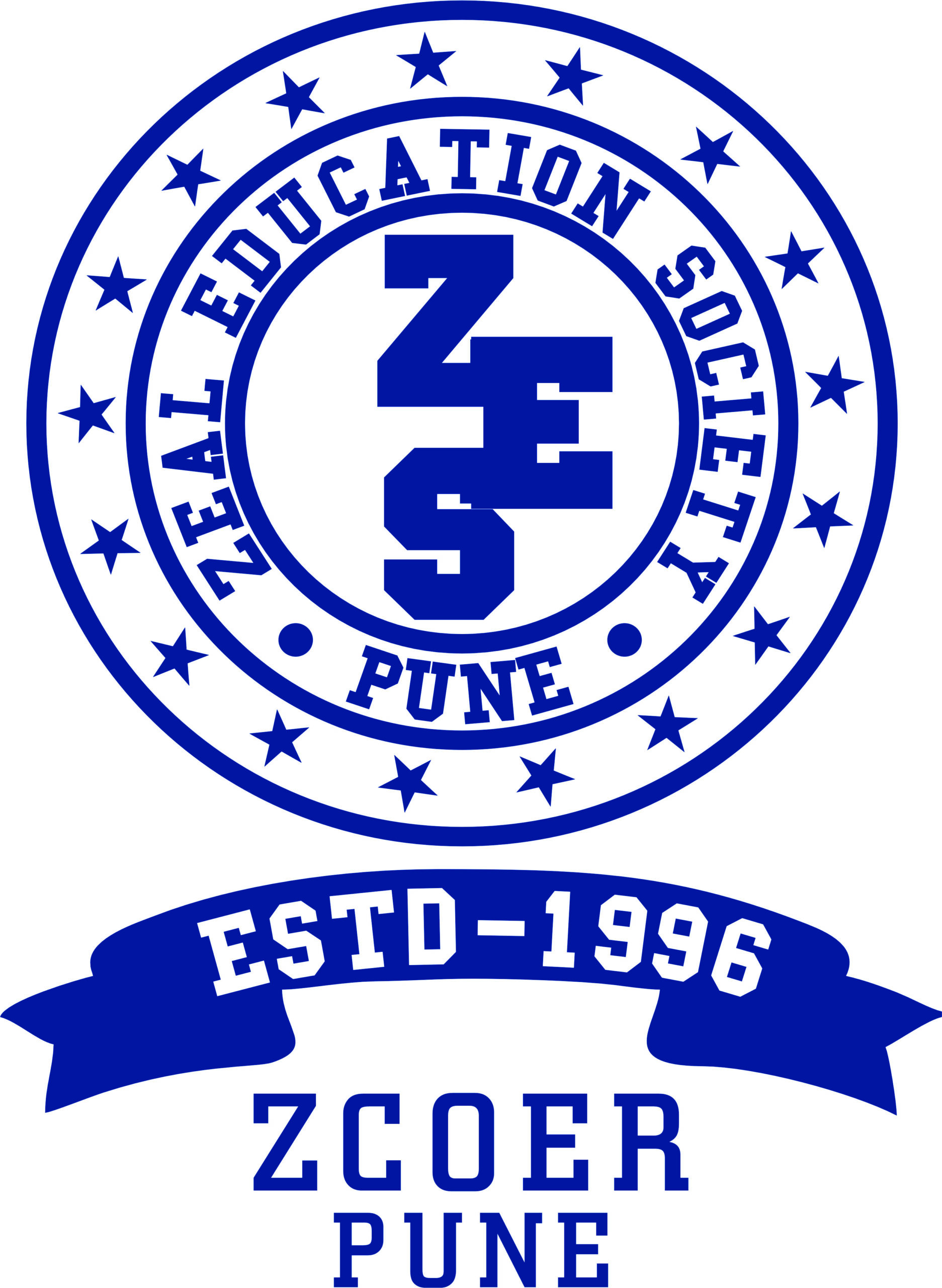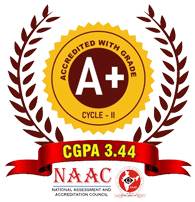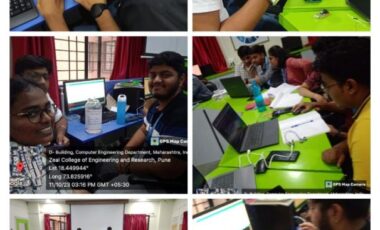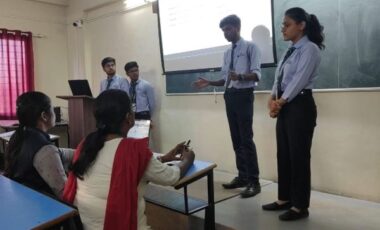Computer Engineering
- Computer Engineering
- About Department
- From HOD Desk
- Vision & Mission
- PEO & PSO, PO & CO
- Autonomy Constitution
- Faculty Profile
- Lab Facilities
- Innovations in Teaching – Learning
- Research & Publication
- Skill Development
- Faculty Achievement
- Students Achievement
- Student Association
- Placement and Internship
- Center of Excellence
- Life @ Computer
- Downloads
- Newsletters
1. Introduction
The field of Computer Engineering demands not only technical expertise but also strong teamwork, communication, and problem-solving skills. To equip students with these essential abilities, the Computer Engineering Department at Zeal College of Engineering and Research, Pune, has introduced Collaborative Projects as an innovative teaching-learning methodology.
This approach encourages students to work in teams, fostering peer learning, improving communication, and enhancing problem-solving skills. The Collaborative Projects model mirrors industry practices, preparing students for professional software development and system design roles.
2. Statement of Clear Goal
The primary goals of Collaborative Projects in the Computer Engineering curriculum are:
- To develop teamwork and communication skills essential for professional environments.
- To encourage peer learning by sharing knowledge and problem-solving strategies.
- To foster critical thinking and collaborative problem-solving in real-world scenarios.
- To align student learning with industry best practices, promoting project-based learning.
3. Use of Appropriate Methods
The methodology involves structured team-based project work, implemented as follows:
a) Team Formation:
- Students are grouped into teams of 3 to 5 members.
- Teams are balanced with diverse skills to ensure equal contributions.
b) Project Assignment:
- Faculty assigns real-world problems or industry-relevant case studies.
- Projects align with subjects such as Software Engineering, Web Development, Database Management, Machine Learning, and Embedded Systems.
c) Project Execution & Collaboration:
- Teams brainstorm and design project solutions collaboratively.
- Students utilize Agile methodologies, version control tools like GitHub, and communication platforms like Microsoft Teams/Slack.
- Peer discussions and weekly faculty mentorship sessions guide project progress.
d) Project Documentation & Report Writing:
- Teams document project requirements, design architecture, implementation steps, and testing results.
- Reports follow standard industry formats, improving students’ documentation skills.
e) Evaluation & Assessment:
- Deliverables: Students submit project codes, reports, and prototypes.
- Group Presentations: Each team presents their project findings and solutions.
- Peer Evaluations: Students assess their teammates’ contributions, ensuring fairness and accountability.
- Faculty Feedback: Instructors evaluate the technical depth, teamwork, and problem-solving approach.
4. Significance of Results
The implementation of Collaborative Projects has led to significant improvements in student learning:
- Improved Teamwork & Communication Skills:
- Students actively participate in discussions, listen to teammates, and express ideas effectively.
- Enhanced Peer Learning:
- Knowledge-sharing helps weaker students grasp difficult concepts faster.
- Collaborative debugging and brainstorming improve coding efficiency.
- Development of Collaborative Problem-Solving Strategies:
- Real-world software development challenges are tackled through collective efforts.
- Students develop structured approaches to coding, debugging, and testing.
5. Effectiveness of Collaborative Projects
The success of Collaborative Projects is measured through:
a) Project Deliverables:
- Teams submit well-documented code, project reports, and presentations.
- The functionality and efficiency of project solutions are evaluated.
b) Group Presentations:
- Students showcase their work, demonstrating technical and communication skills.
- Presentations test their concept clarity, logical reasoning, and domain knowledge.
c) Peer Evaluations:
- Team members review each other’s contributions, promoting accountability.
- Ensures equal workload distribution and fair assessment of teamwork.
6. Examples of Collaborative Projects at Zeal College of Engineering and Research, Pune
Faculty members in the Computer Engineering Department have successfully integrated Collaborative Projects into various courses:
Software Engineering:
- Teams developed a Hospital Management System using Java and MySQL, applying Agile development principles.
Web Development & Cloud Computing:
- Students built E-commerce websites deployed on cloud platforms using AWS/GCP.
Artificial Intelligence & Machine Learning:
- Teams worked on Chatbot Development using Python and NLP, improving understanding of AI applications.
Embedded Systems & IoT:
- Students designed an IoT-based Smart Home Automation System using Arduino and Raspberry Pi.
Database Management Systems:
- Teams created an Online Library Management System using MongoDB and Firebase.
7. Conclusion
The Collaborative Projects methodology in the Computer Engineering Department at Zeal College of Engineering and Research, Pune, has proven to be a highly effective learning strategy. By encouraging teamwork, problem-solving and real-world project implementation, this approach bridges the gap between theoretical learning and practical application.
Moving forward, integrating industry mentorship, hackathons, and collaborative coding platforms can further enhance the impact of this methodology, making students more industry-ready and capable of handling real-world software development challenges.
Submit your review | |
1 2 3 4 5 | |
Submit Cancel | |




